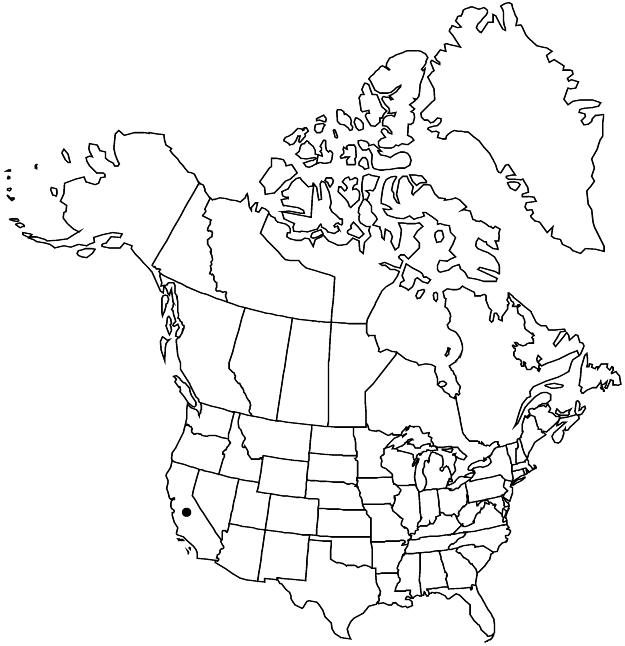Difference between revisions of "Eriogonum spectabile"
Madroño 47: 134, fig. 1. 2001.
FNA>Volume Importer |
imported>Volume Importer |
||
| (One intermediate revision by one other user not shown) | |||
| Line 47: | Line 47: | ||
|publication year=2001 | |publication year=2001 | ||
|special status= | |special status= | ||
| − | |source xml=https:// | + | |source xml=https://bitbucket.org/aafc-mbb/fna-data-curation/src/2e0870ddd59836b60bcf96646a41e87ea5a5943a/coarse_grained_fna_xml/V5/V5_601.xml |
|subfamily=Polygonaceae subfam. Eriogonoideae | |subfamily=Polygonaceae subfam. Eriogonoideae | ||
|genus=Eriogonum | |genus=Eriogonum | ||
Latest revision as of 22:12, 5 November 2020
Shrubs, spreading, not scapose, 1–1.5 × 1.7–2.5 dm, densely tomentose, grayish. Stems spreading, without persistent leaf bases, up to 1/3 height of plant; caudex stems absent; aerial flowering stems erect, slender, solid, not fistulose, (0.15–)0.6.–1.3(–1.7) dm, tomentose. Leaves fasciculate at tips of branches; petiole (0.2–)0.6–0.9(–1.3) cm, tomentose; blade narrowly elliptic, (0.7–)1.2–1.7(–2.2) × (0.2–)0.4–0.7(–0.9) cm, tomentose on both surfaces, margins plane to revolute. Inflorescences umbellate, 2–10 × 2–9 cm; branches umbellate, tomentose; bracts 2–4(–6), semileaflike, narrowly oblong to narrowly elliptic, 2–5 × 1–2 mm. Peduncles erect, slender, (1.5–)2–8.5(–9.5) cm, tomentose to glabrate. Involucres 1 per node, broadly campanulate, 2–3 × (2–)3–4(–5) mm, tomentose and densely glandular abaxially; teeth 5–7, erect, 1–1.2 mm. Flowers 4–6 mm; perianth white, densely villous and glandular abaxially; tepals connate proximal 1/4, monomorphic, obovate; stamens included to exserted, 2.5–6.5 mm; filaments sparsely pilose proximally. Achenes light brown, 3–4 mm, villous.
Phenology: Flowering Jul–Sep.
Habitat: Gravelly soil, manzanita scrub and conifer woodlands
Elevation: 2000 m
Discussion
Eriogonum spectabile is known only from a population of approximately 250 individuals north of Chester in the Lassen National Forest of Plumas County. The U.S. Forest Service considers it to be a “sensitive species,” and it is a candidate for possible state and federal protection.
Selected References
None.
